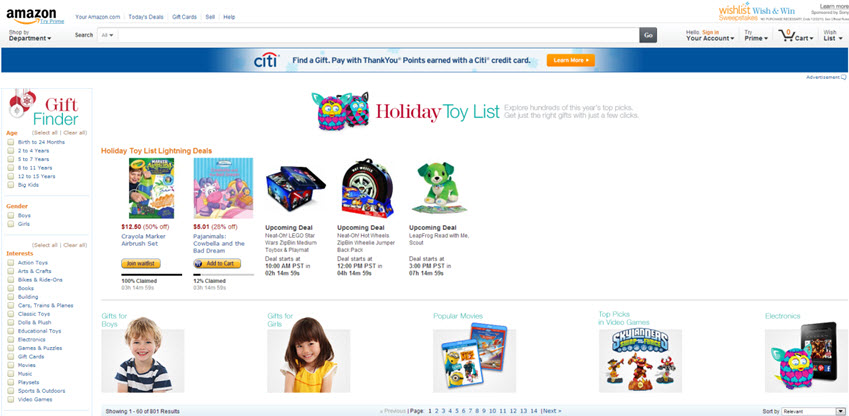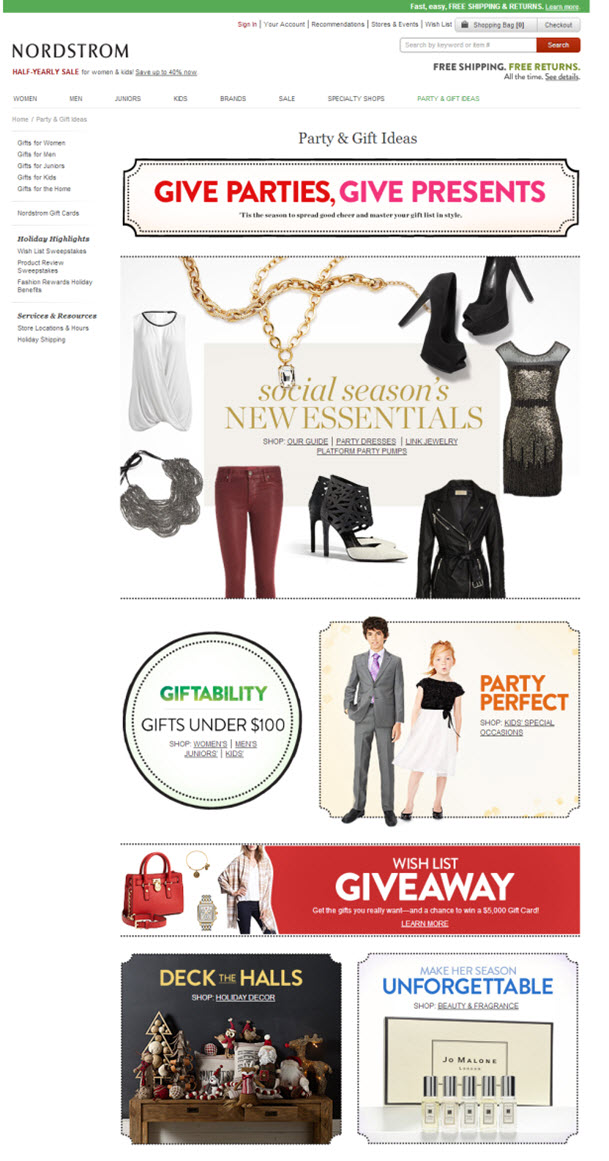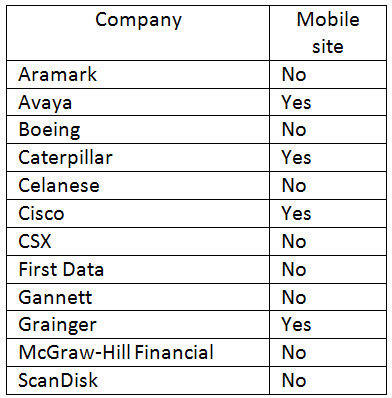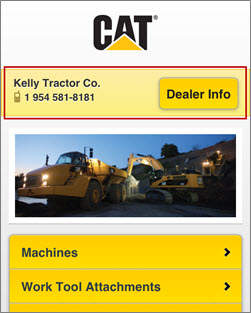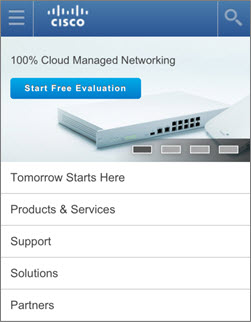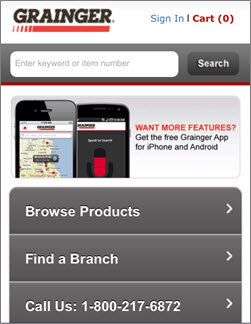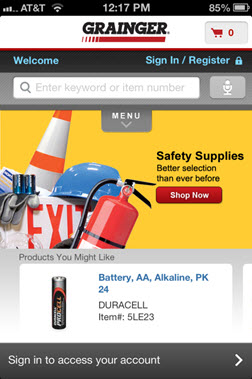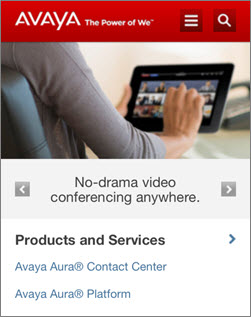E-commerce: 3 tactics retailers are rolling out for the holidays
This holiday season might be another tough one for retailers. According to The National Retail Federation, sales could rise 3.9% to $602.1 billion. Not great when compared to the 5% gain seen in 2011 and 2010.
This means that competition among retailers just got tougher. For instance, it has been reported that close to 50% of retailers will start their holiday campaign sooner than usual.
So, I decided to browse around 20 top online retailers’ sites and explore whether they had launched any holiday campaign or not. To my surprise, my small sample more or less confirmed the forecast.
Out of the 20 retailers I checked, seven had some sort of holiday campaign going on.
So, how are these seven retailers getting a head start with the holidays? Mainly by using one of these three tactics.
Tactic #1. Sneak peek-terest Black Friday board
Lowes is running an interesting and unique Black Friday campaign using Pinterest. Many items have been added to its new Black Friday Deal Reveal board, but they are disguised.
Followers are asked to guess what the items are, which in turn generates good engagement and excitement for the shopping day.
The nice aspect about this campaign is how it leverages the core value of Pinterest as a social network. People in this channel are interested in collecting pictures with a purpose: their lifestyle, seasonal or tactical. By tactical, I mean that Pinterest is slowly becoming the holiday shopping list of online consumers.
Why keep a list on paper when you can pin the items you like or want for the holidays? Even better, you can share your board with family and friends.
Tactic #2. Email sneak peeks
There’s nothing tactically new here, except the campaigns are rolling out just a little earlier than usual due to the lackluster sales I mentioned earlier.
But, there is something to be learned from these front-runners.
In these cases, The Home Depot and Target are asking visitors to give up their email address or mobile phone number to receive updates on special offers.
There is no clear value of what customers will receive beyond exclusive offers. Even worse, the disclaimers clearly suggest they will be targeted to receive any type of offer year-round, not just Black Friday offers.
That is disappointing.
Starting holiday campaigns sooner than your competitors is one thing, but putting out a campaign without clear value because it’s too far ahead of the crowd is another.
By launching holiday campaigns sooner, some retailers may feel the illusion of a head start.
But how will that illusion hold up as the Black Friday creep controversy continues to push shopping further into Black Thanksgiving territory?
Tactic #3. Holiday gift guides
This is also not a new tactic, but there are some interesting new spins on it.
Amazon.com, Nordstrom, West Elm and Barnes & Noble are all running holiday gift guides. Visitors can search products by price, gender, interest and other filters. Only Amazon.com and Nordstrom have added some features to generate engagement with their guides.
Amazon.com offers a holiday-specific forum where visitors can solve any type of concern they might have. There were already 316 discussion strings when I was writing this post and the list was growing! To me, this reflects that people are indeed not just thinking about what to buy, but actively researching the best buys.
Nordstrom, on the other hand, is trying to go viral. The company is running a sweepstakes that requires visitors to create their wish list and share it with friends and family in order to be eligible to win a $5,000 gift card. Pretty nice incentive.






